
The main national roads that supported early modern Japan
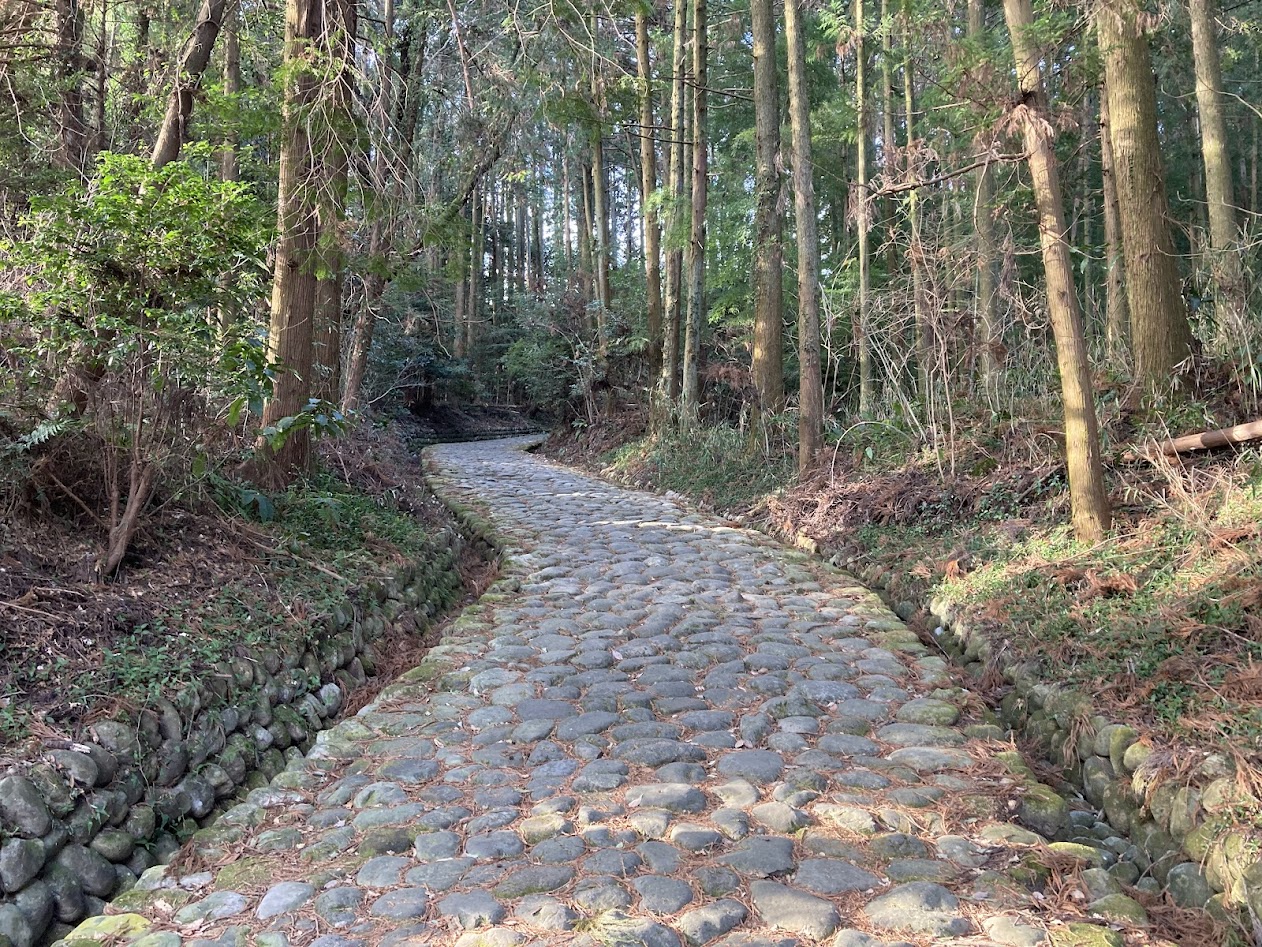
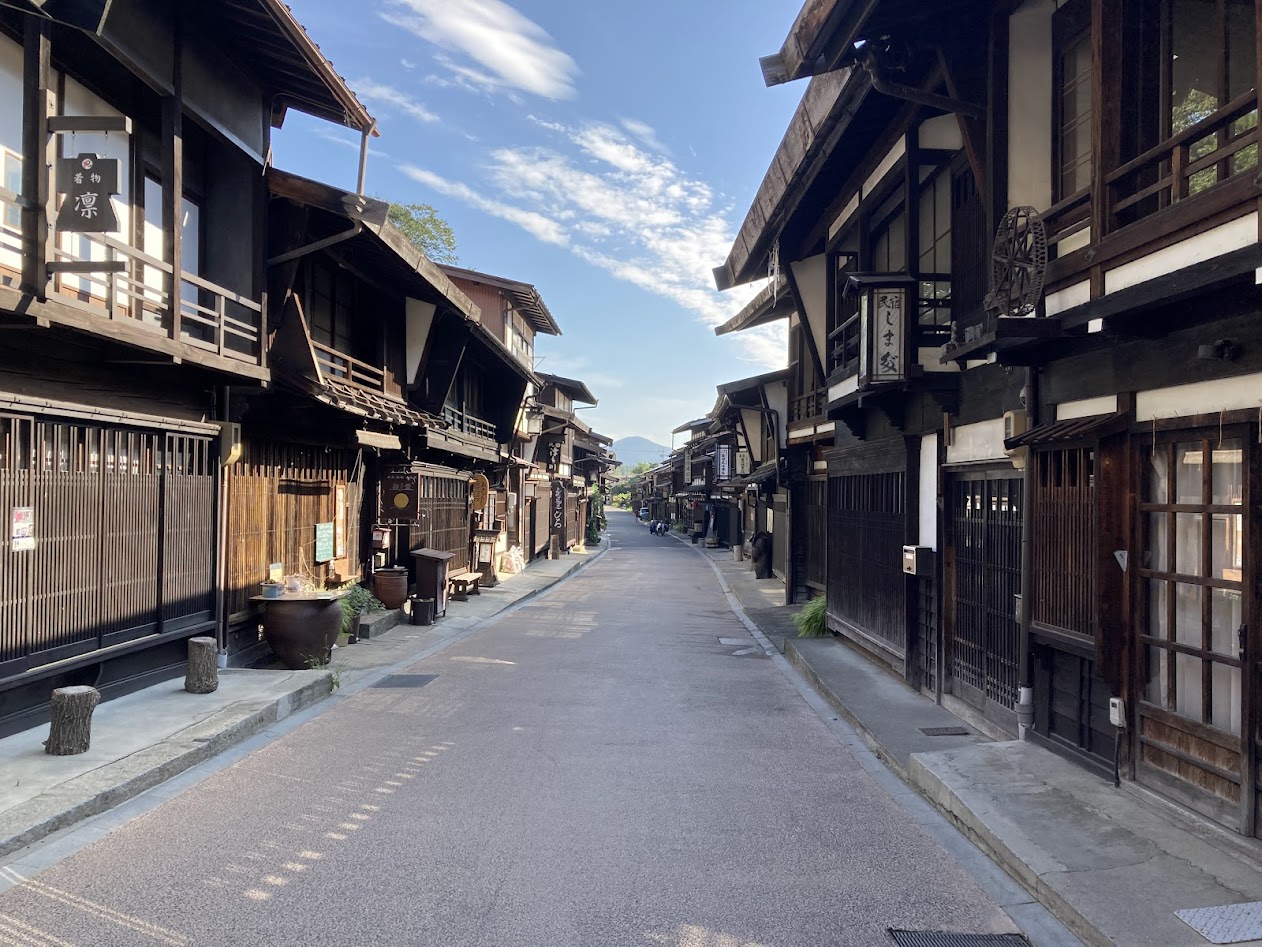
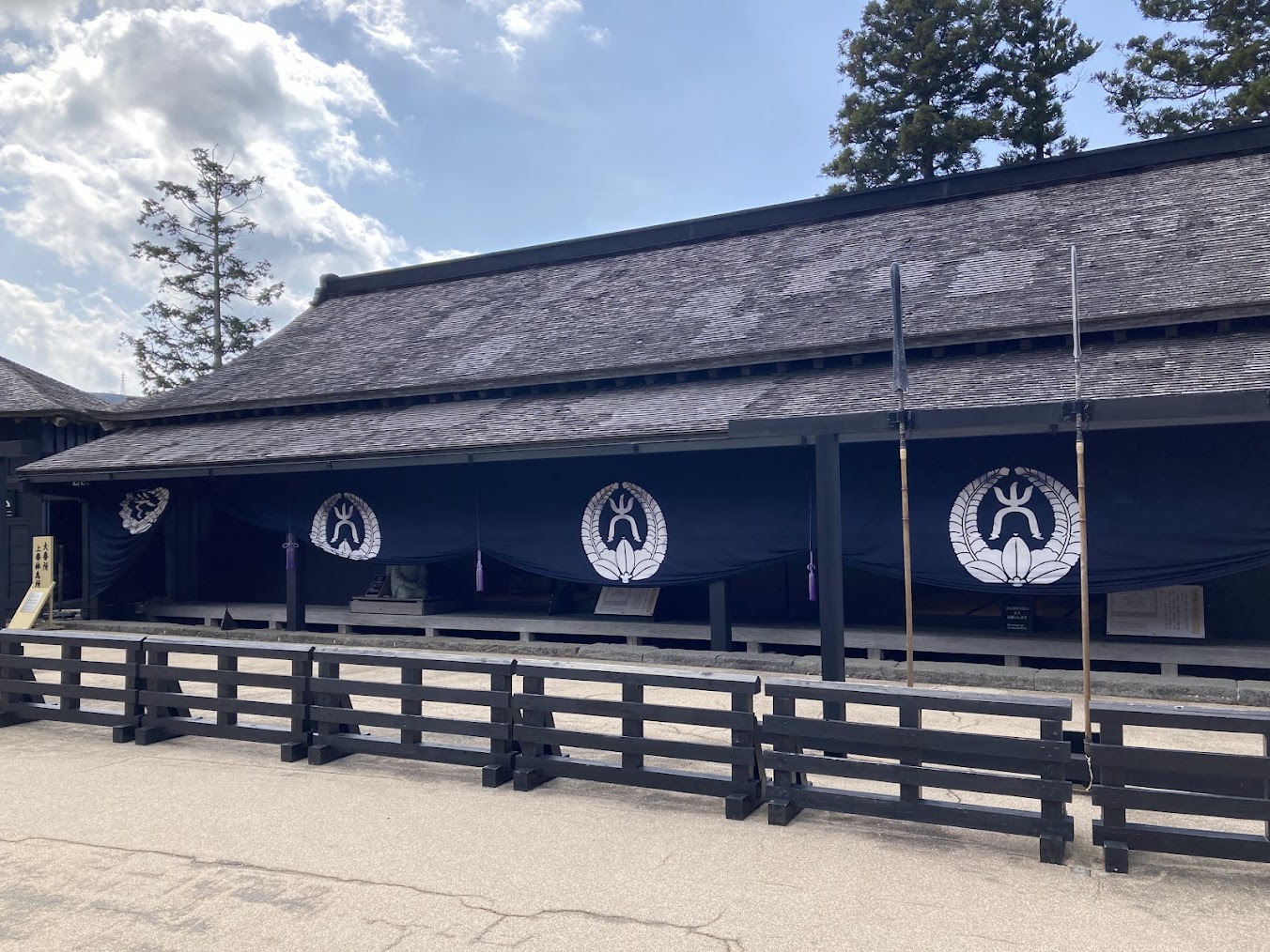
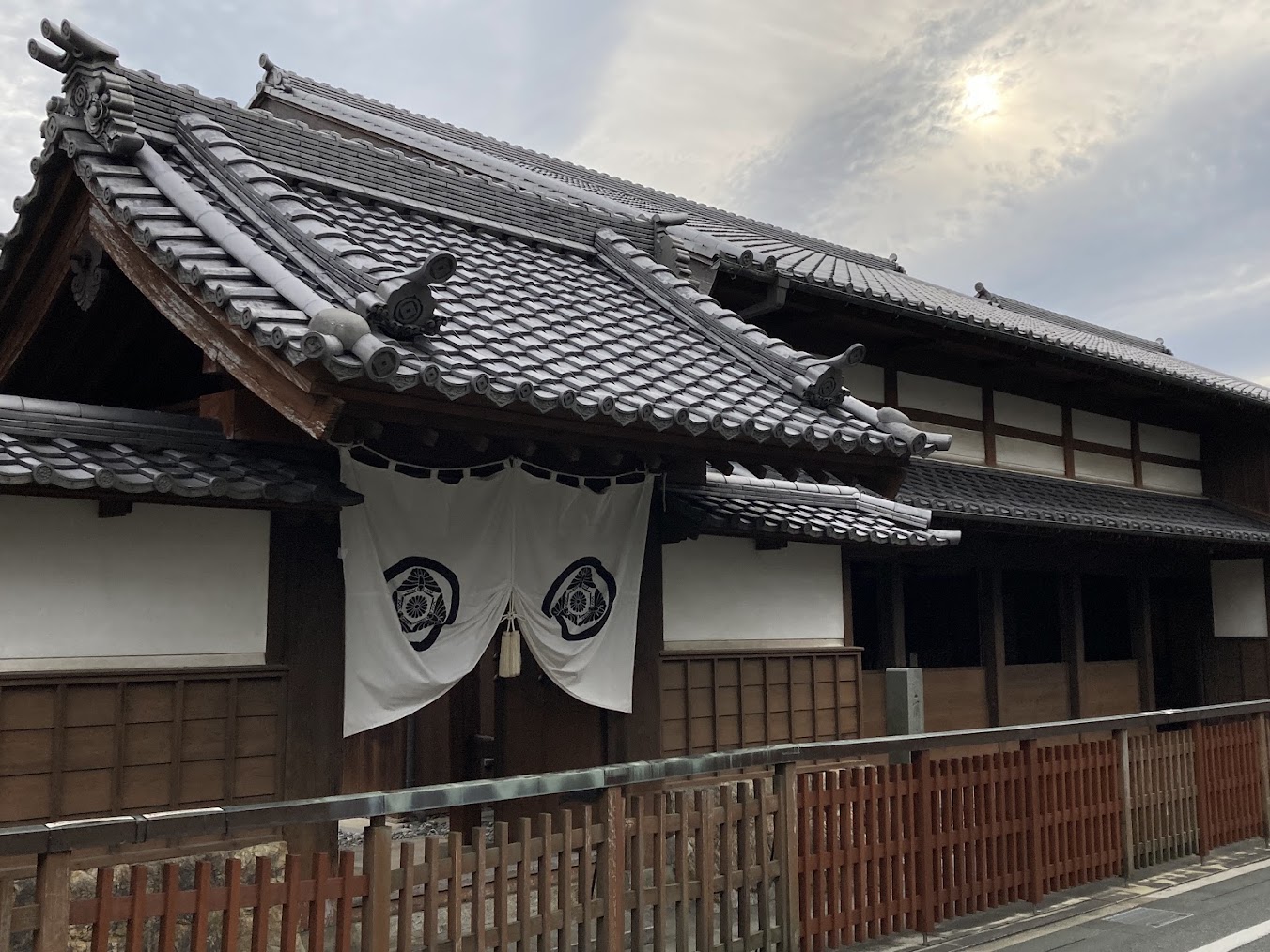
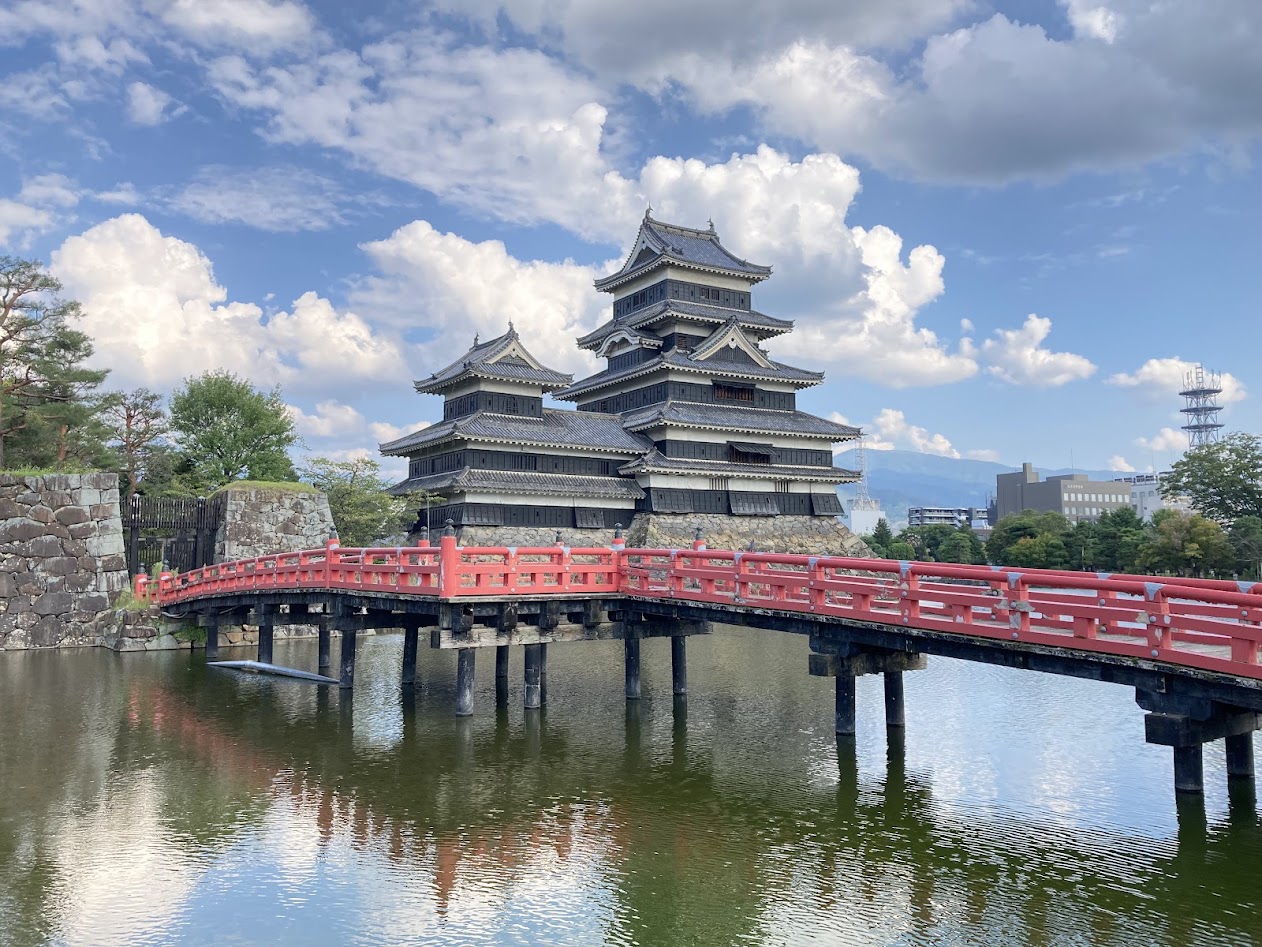

In early modern Japan, many roads were constructed to promote industrial and economic development. The most important of these were the Tokaido and Nakasendo, which were directly controlled by the Edo Shogunate and connected the major cities of Edo and Kyoto. Although these two roads no longer play a major role as main roads, they still retain their original appearance, with stone-paved roads, post towns, and lodging facilities such as honjin, wakihonjin and Hatago. Furthermore, these two roads are inseparable from any discussion of the policies and diplomacy of the Edo Shogunate, and they also had a huge impact on many aspects of early modern Japan's economy, industry, culture, and more.
These cultural assets related to the Tokaido and Nakasendo roads maybe registered as World Heritage Sites.
contents
First, let's look at the characteristics of the Tokaido and Nakasendo themselves. The Tokaido linked Edo and Kyoto via a route that ran along the coast, while the Nakasendo linked them via a route that went through inland. Ichirizuka [Milestone], piled high with earth, were built along each road to inform travellers of the distance they had travelled. Additionally, stone pavement was laid on the slopes in the mountains to make them less slippery when it rained. Since there were also places to cross oceans and rivers, multiple ferries were established to serve as bases for crossing. As such, although the routes taken were different, the things that had been built and installed can be seen on each road.
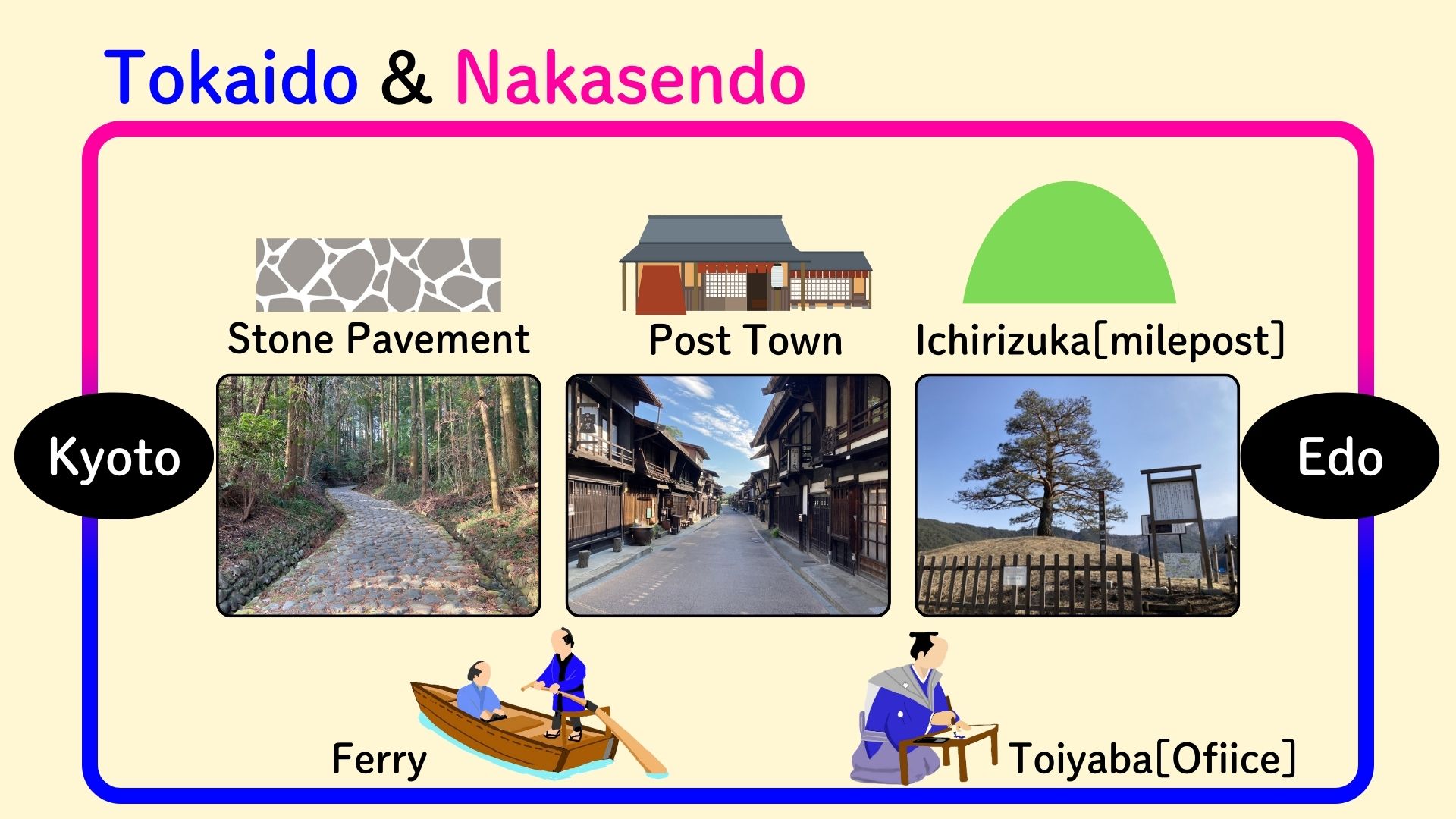
The policies of the Edo Shogunate can also be seen from cultural assets related to roads. The Edo Shogunate, which built the roads, also placed importance on security on the roads. Two large checkpoints were set up on each of the Tokaido and Nakasendo roads to monitor passers-by. Furthermore, related clans and fudai daimyo who had close relationships with the Tokugawa family were stationed in strategic areas and along those roads, and these daimyo kept a check on local daimyo from their castle bases. In addition, there was a system for monitoring local daimyo. This was called sankin-kotai, where local daimyo came to Edo and worked there for half the year. Most of the roads used by local daimyo during their sankin-kotai were the Tokaido and Nakasendo roads, and the accommodations they used in the post towns were honjin and wakihonjin. Honjin were the main lodgings, and when honjin were unavailable they would use wakihonjin. The Tokaido was also one of the few roads used by foreign envoys in early modern Japan. They stayed mainly in post towns, but also at temples along the road. As described above, the highways and cultural assets related to them also convey the systems and diplomacy of the Edo Shogunate.

It wasn't just shogunate officials and diplomatic envoys who used the roads. Most of the people who used the roads were common people. They used these two roads to develop the economy and culture of early modern Japan. "Hatago" were used by merchants and other common people to stay overnight in post towns. "Hatago" is an inn in English. Common people stayed at these inns to rest after traveling or getting tired. In addition, the post towns were lined with merchants' houses dealing in household goods and food, taking advantage of their convenient transportation. Furthermore, unlike post towns, merchant towns, where merchants who did business on the roads gathered, and towns along the roads that sold local specialties also developed. These merchant houses and towns cannot be discussed without mentioning the Tokaido and Nakasendo. The Tokaido and Nakasendo have also been the subject of many cultural and artistic works. A representative example is Utagawa Hiroshige's "Fifty-three Stations of the Tokaido." It is also an indispensable part of the discussion of early modern Japanese culture.
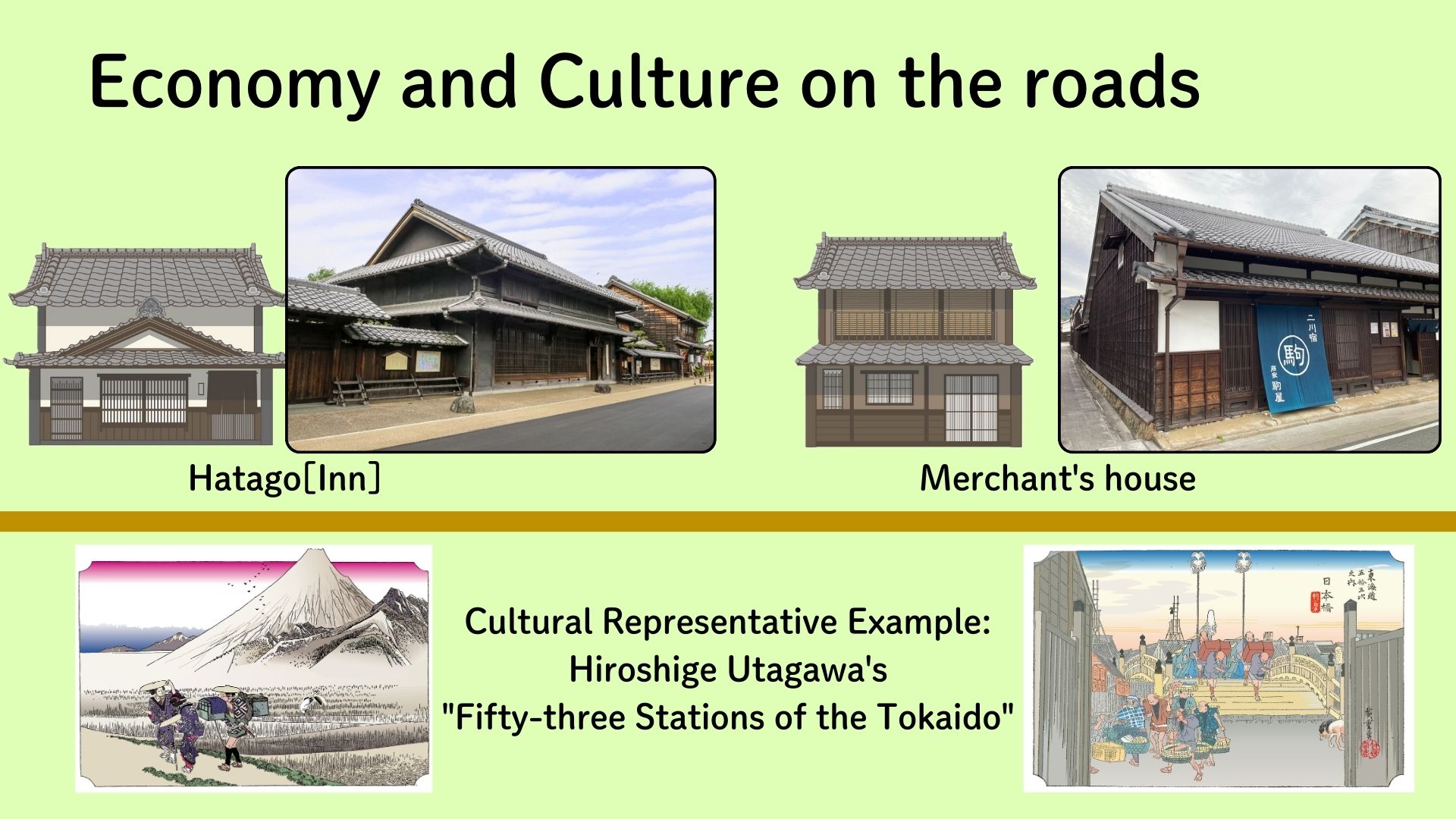
| Name of cultural assets | Explanation | Photo | Location |
|---|---|---|---|
| Tokaido [Hakone Hachiri] (東海道 (箱根八里)) |
Remains of the Tokaido road, with stone pavement and Ichirizuka[mileposts] from the early modern period | 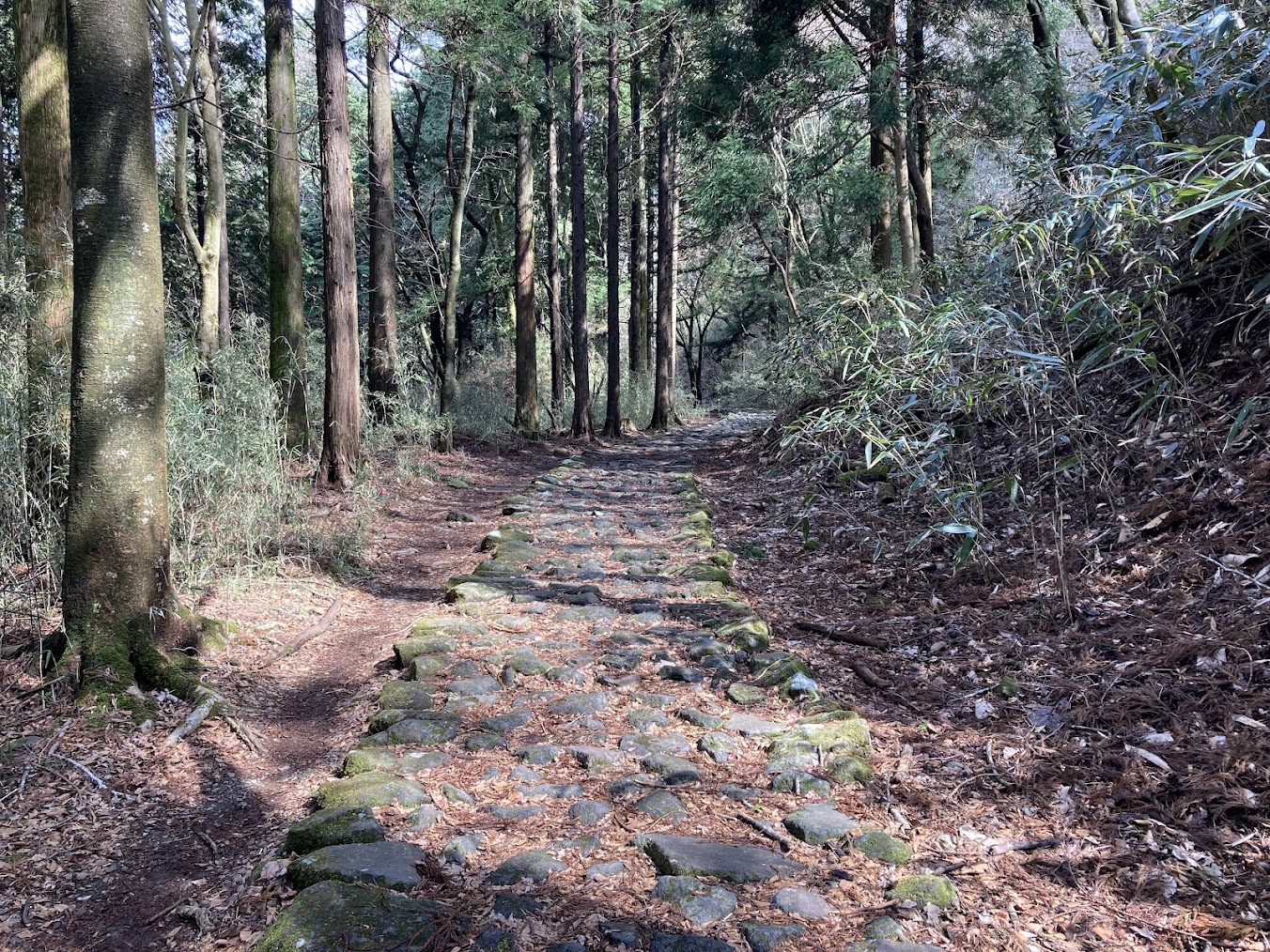 |
Google Map |
| Hakone Sekisho (箱根関所) |
This Barrier was a security checkpoint which was established by the Tokugawa Shogunate on the Tokaido Road. |  |
Google Map |
| Tokaido[Kanayazaka] (東海道(金谷坂)) |
Remains of the Tokaido road with its early modern stone pavement |  |
Google Map |
| Hutagawa Syuku Honjin (二川宿本陣) |
This is the main inn remaining in Futagawa-Syuku. |  |
Google Map |
| Seki Juku (関宿) |
This is the only post town on the Tokaido road whose streetscape remains intact. | 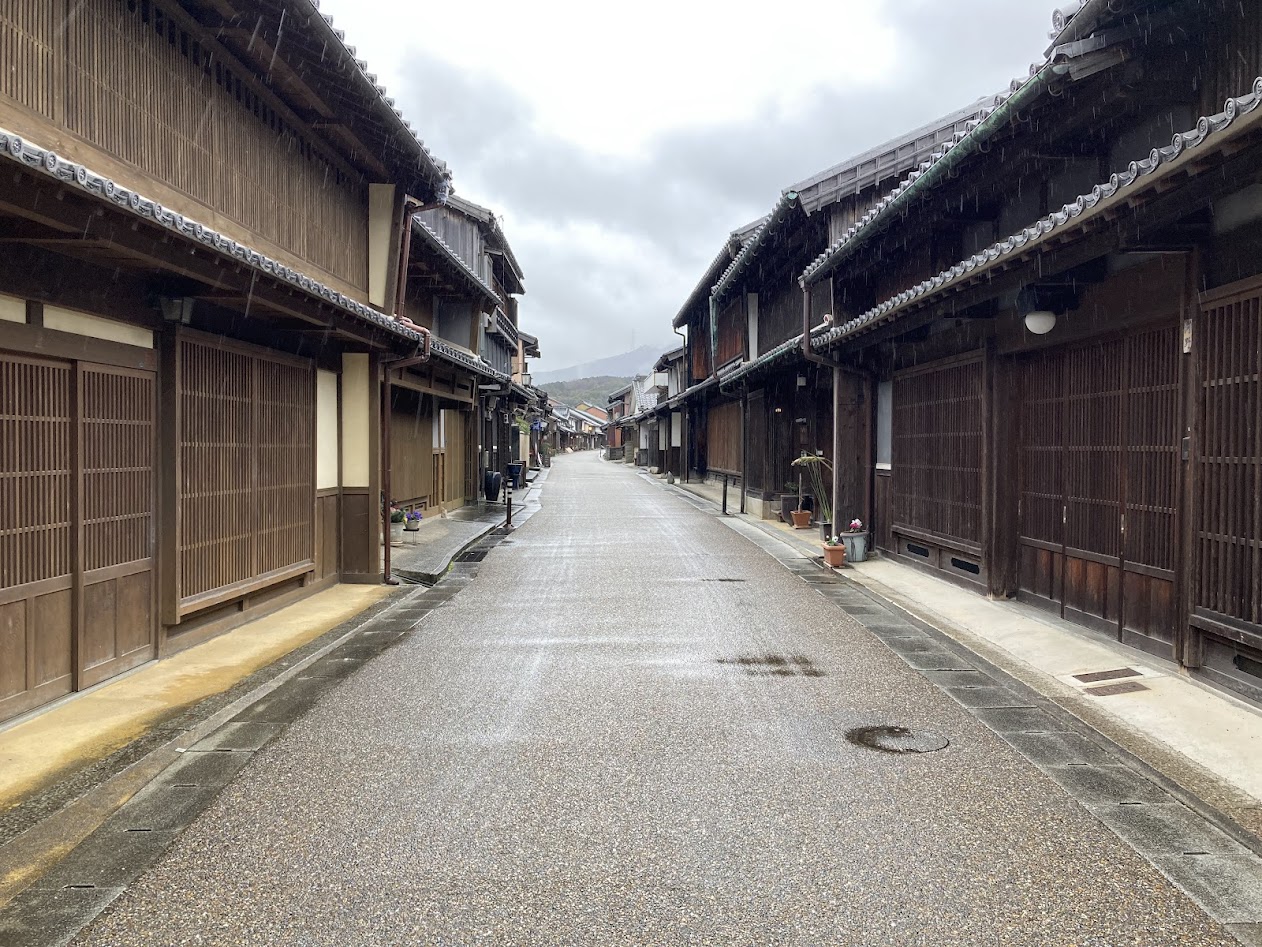 |
Google Map |
| Matsumoto-Castle (松本城) |
It is a large castle built as a key part of the Nakasendo road. |  |
Google Map |
| Narai Juku (奈良井宿) |
This is a post town on the Nakasendo road where the streetscape remains intact. |  |
Google Map |
| Nakasendo[Kisoji] (中山道(木曽路)) |
Remains of the Nakasendo road, where early modern stone pavement remains are known as the Samurai Trail |  |
Google Map |
| Inuyama-Castle (犬山城) |
It is a large castle built as a key part of the Nakasendo road. | 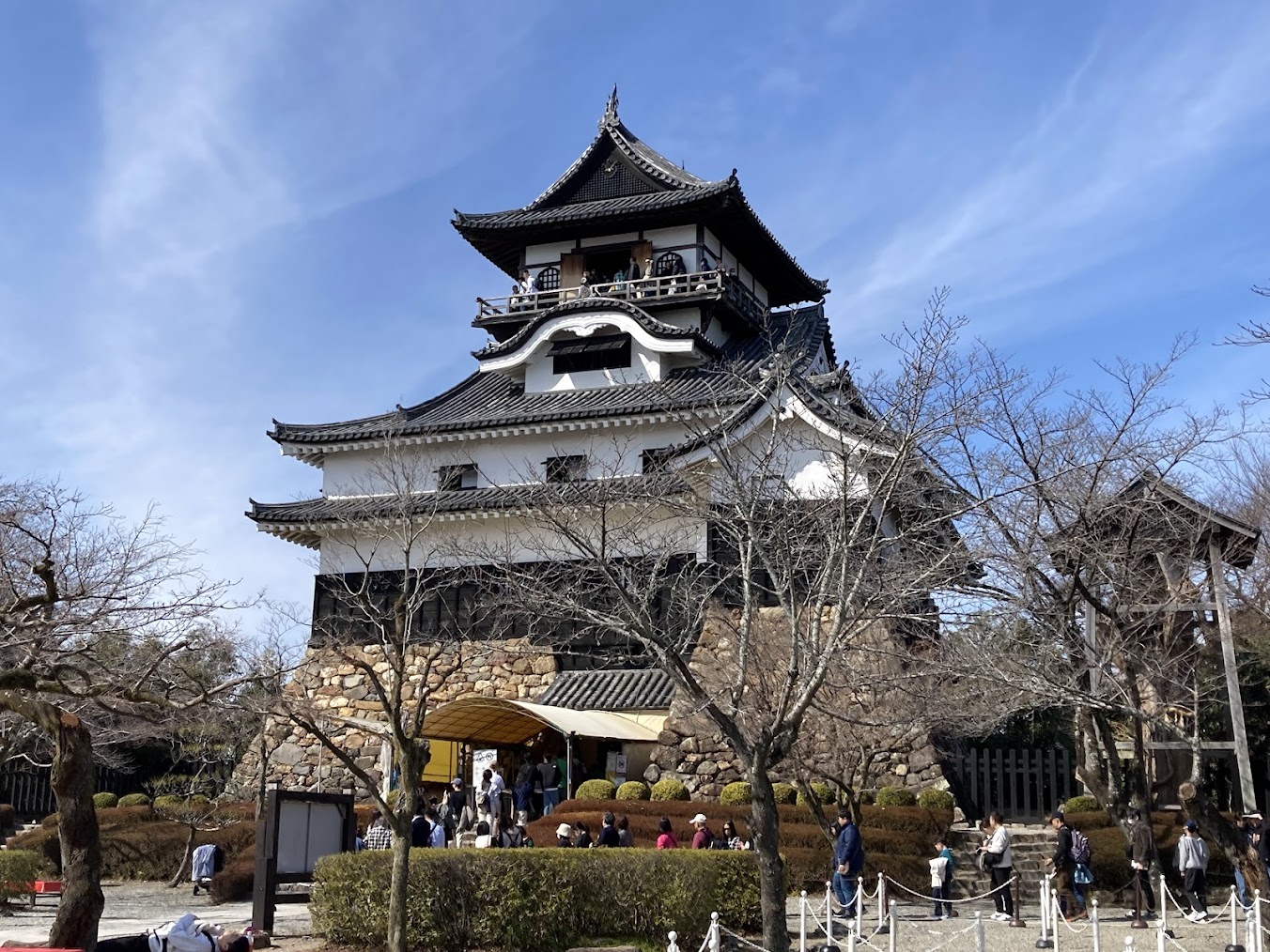 |
Google Map |
| Hikone-Castle (彦根城) |
It is a large castle built as a key part of the Nakasendo road. | 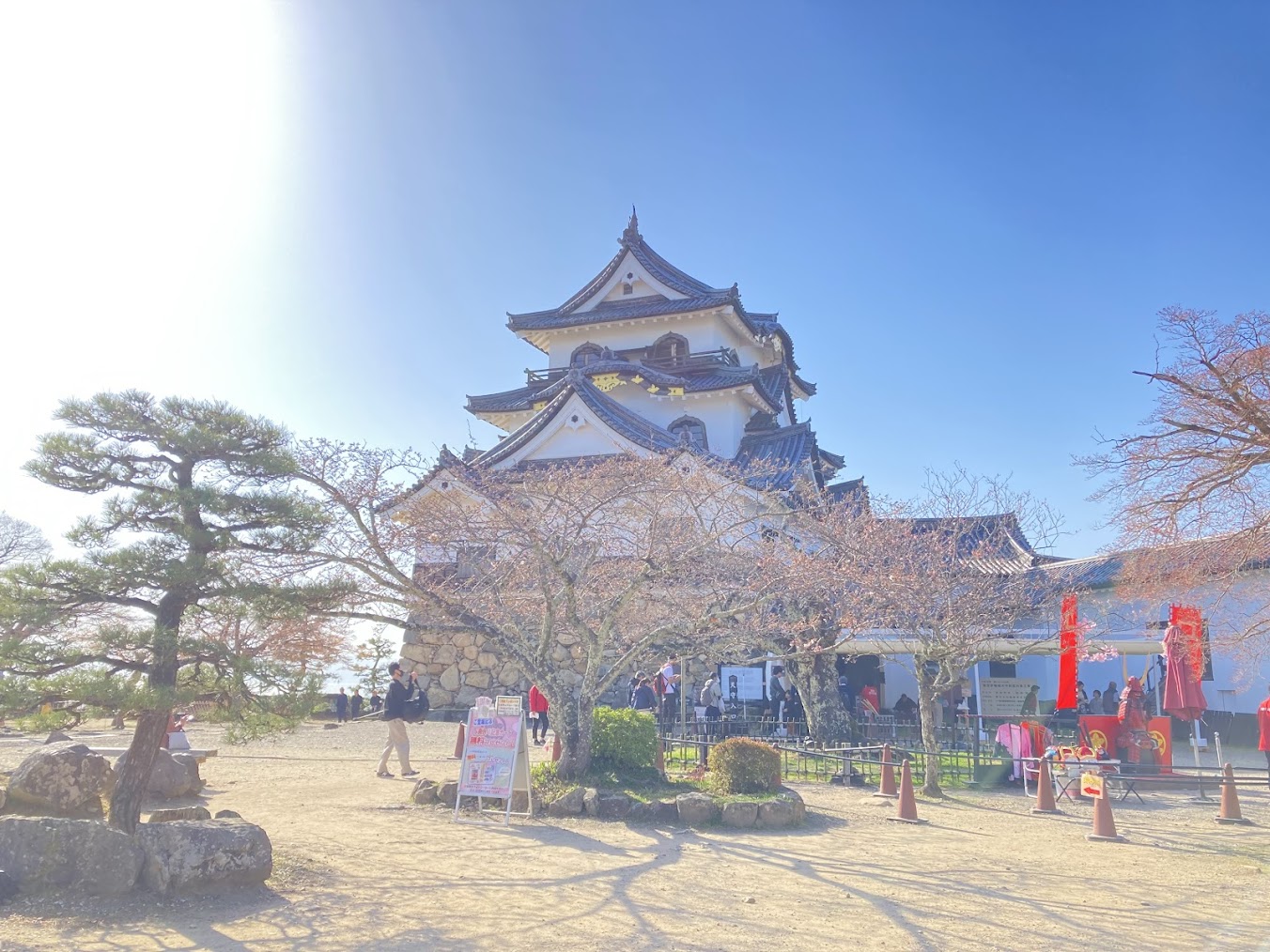 |
Google Map |